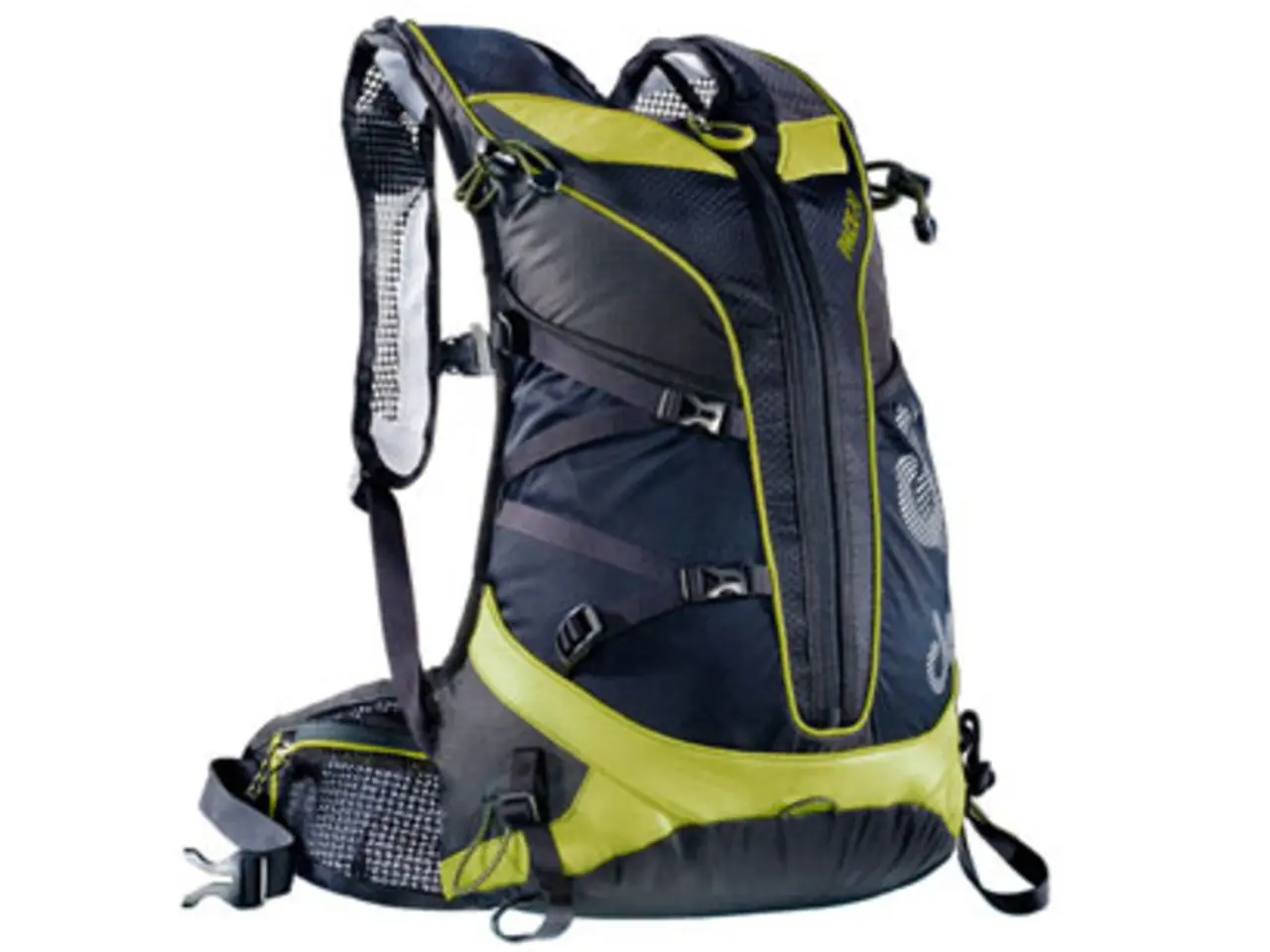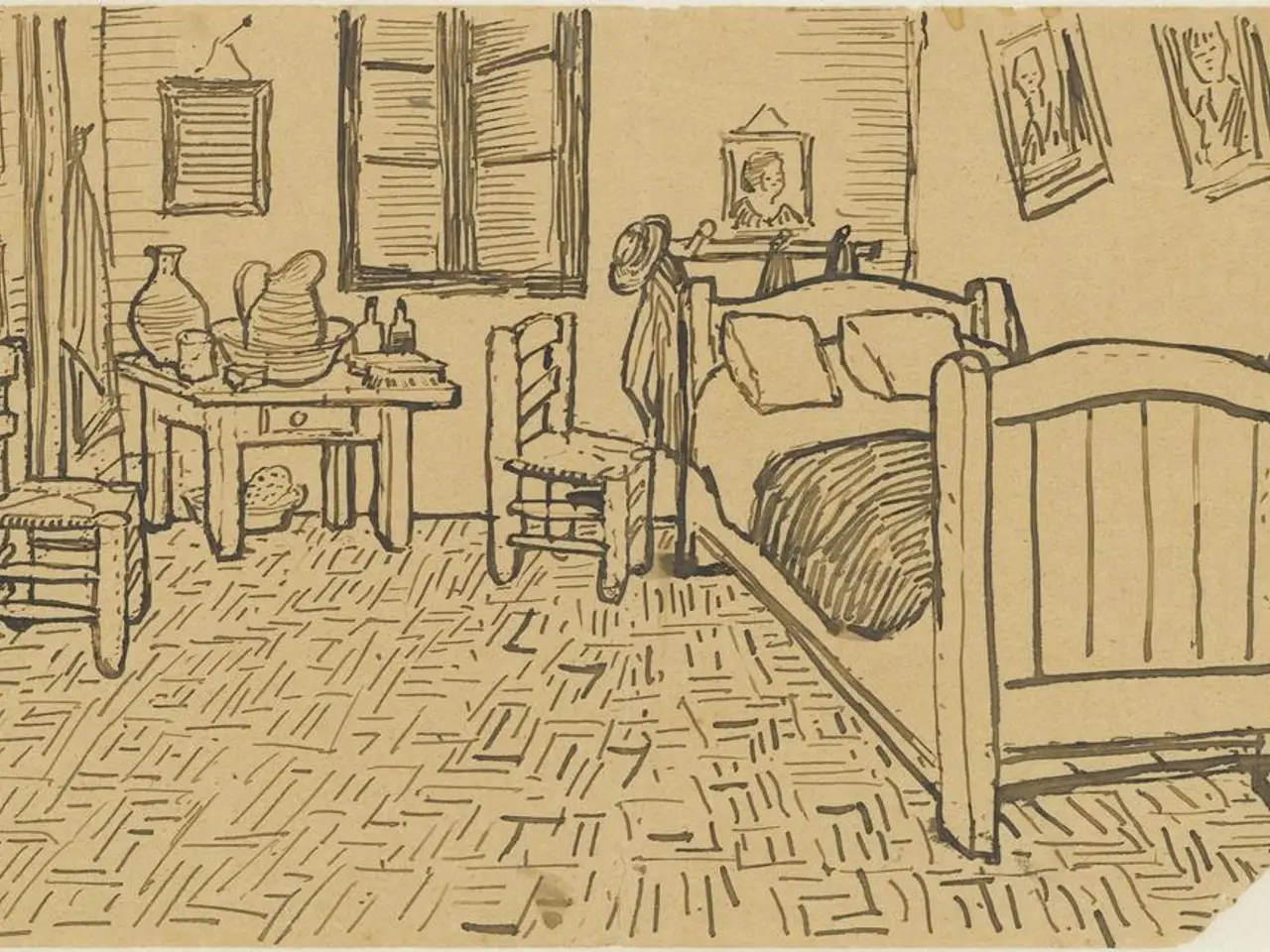Mastering Home Safety and Ensuring Privacy for All Inhabitants
In a bid to create a safer, more secure, and supportive environment for elderly individuals and those with specific healthcare needs, practical strategies are being implemented across home and care settings. These strategies aim to prevent falls, health emergencies, and security incidents while promoting independence and well-being.
Fall Prevention and Home Modifications
Decluttering pathways and floors, securing rugs, installing grab bars in bathrooms, using non-slip mats, and improving lighting in both interior and exterior areas, especially near stairs and bathrooms, are essential modifications. Adding ramps, stairlifts, and handrails can support mobility for those with wheelchairs or walkers.
Regular Inspection and Maintenance
Routine checks on floors, entryways, furniture, electrical appliances, lighting, and safety equipment such as fire alarms and sprinklers are crucial. Any broken lights or faulty electrical outlets should be repaired promptly to prevent accidents.
Health and Wellness Monitoring
Regular health screenings, medication management, and wellness checks by caregivers or staff are implemented to detect any changes in health early and reduce medical risks.
Emergency Preparedness
Installing and regularly testing fire alarms, sprinklers, and emergency lighting is vital. Conducting emergency drills for both residents and staff is also essential. Maintaining accessible fire extinguishers and first aid supplies, developing clear disaster response plans, and ensuring backup power supplies are available in case of outages are all part of comprehensive emergency preparedness.
Security Measures
Secure access controls such as keycards or codes and maintaining visitor management with monitored reception or security desks help ensure safety. Installing surveillance cameras in common areas can deter unauthorized access and quickly respond to incidents.
Staff Training and Resident Education
Caregivers receive training in first aid, CPR, emergency response, and elder abuse prevention. Residents are provided with educational sessions on fall prevention, medication safety, and how to respond in emergencies, empowering them and promoting independence.
Medication Safety
Medicines are securely stored in locked cabinets to prevent overdose or misuse. Accurate medication tracking and reminders promote adherence to prescribed regimens.
Maintaining Clean and Safe Indoor Air Environments
Using HEPA filters, regularly cleaning upholstery, and avoiding indoor smoking help reduce respiratory hazards, which is especially important for elderly individuals with chronic conditions.
Specific Aids and Equipment
Simple additions like mobility aids, slip-resistant flooring, grab bars, and respiratory protection can significantly enhance the well-being of both caregivers and individuals in their care. Features such as boldened pressure redistribution in furnishings can prevent bedsores and reduce strain on joints. Emergency alert systems, wearable alarms, and wall-mounted emergency buttons are easy to use and highly effective. Bathroom grab bars are particularly effective in preventing slips and falls, especially near showers, toilets, and bathtubs. High-quality mattresses and ergonomic seating options can alleviate pressure points, reduce discomfort, and promote restful sleep.
These strategies create a safer, more secure, and supportive environment tailored to the needs of elderly individuals or those requiring specialized healthcare, minimizing risks of falls, health emergencies, and security incidents while promoting independence and well-being.
[1] Home Modifications for Safety and Accessibility: A Guide for Older Adults and People with Disabilities. (2019). AgingCare.com. [2] Safety Tips for Older Adults. (2021). National Institute on Aging. [3] Medication Safety for Older Adults. (2021). National Council on Aging. [4] Indoor Air Quality for Older Adults. (2020). Environmental Protection Agency.
- To further promote the well-being and safety of elderly individuals and those with specific healthcare needs, the adoption of specialized aids and equipment like mobility aids, high-quality mattresses, ergonomic seating options, and emergency alert systems can be beneficial in home and care settings.
- Integrating lifestyle considerations such as fitness-and-exercise, health-and-wellness, and home-and-garden into practical strategies can help create a holistic living environment that addresses the physical, mental, and emotional needs of elderly individuals and those requiring specialized healthcare, ensuring a supportive and secure living space.




